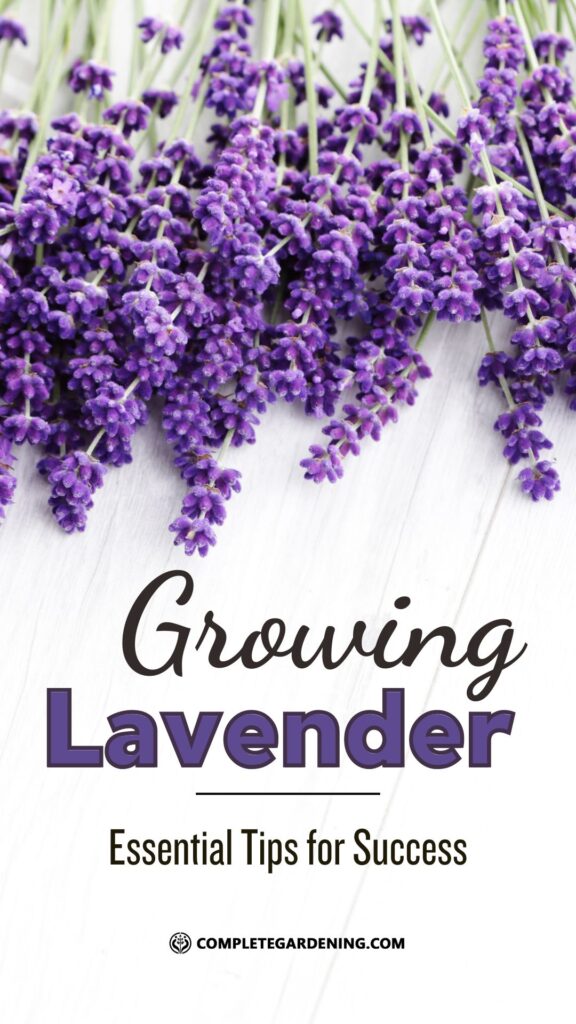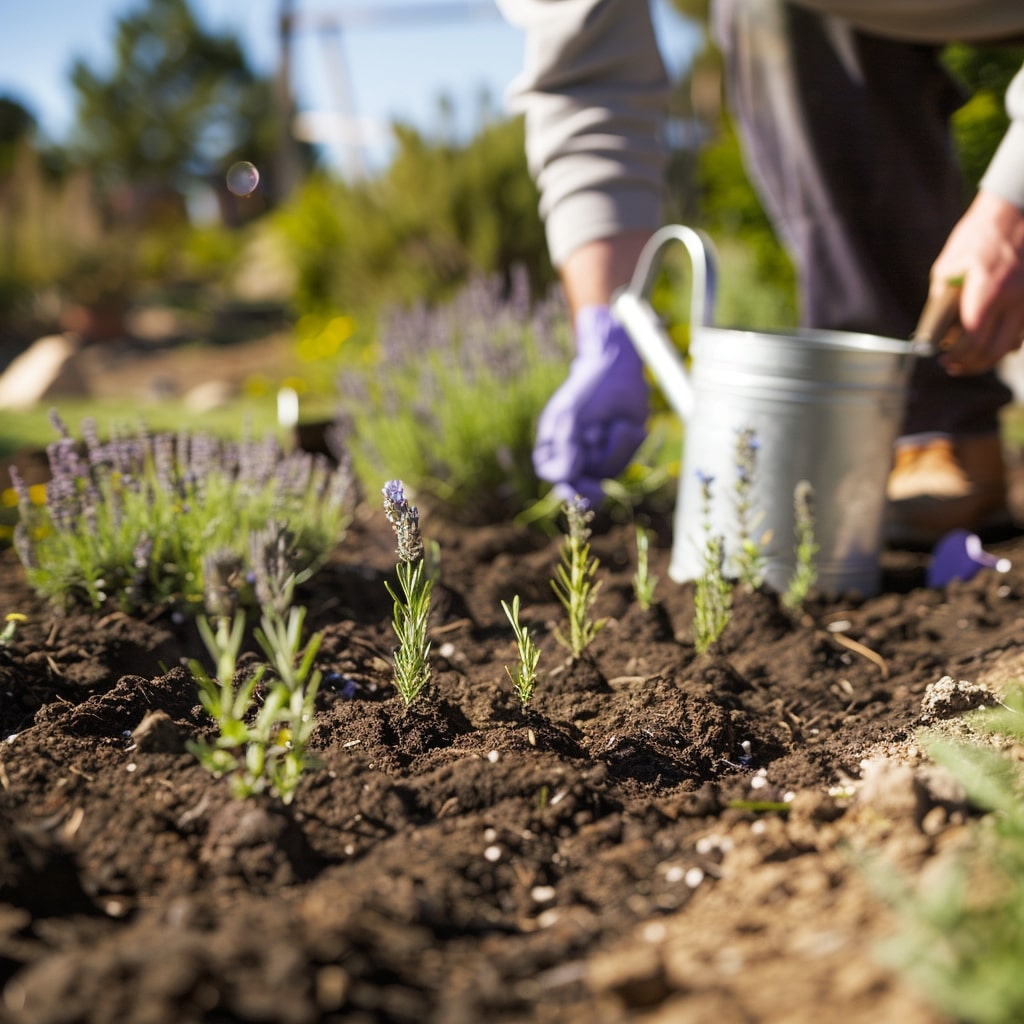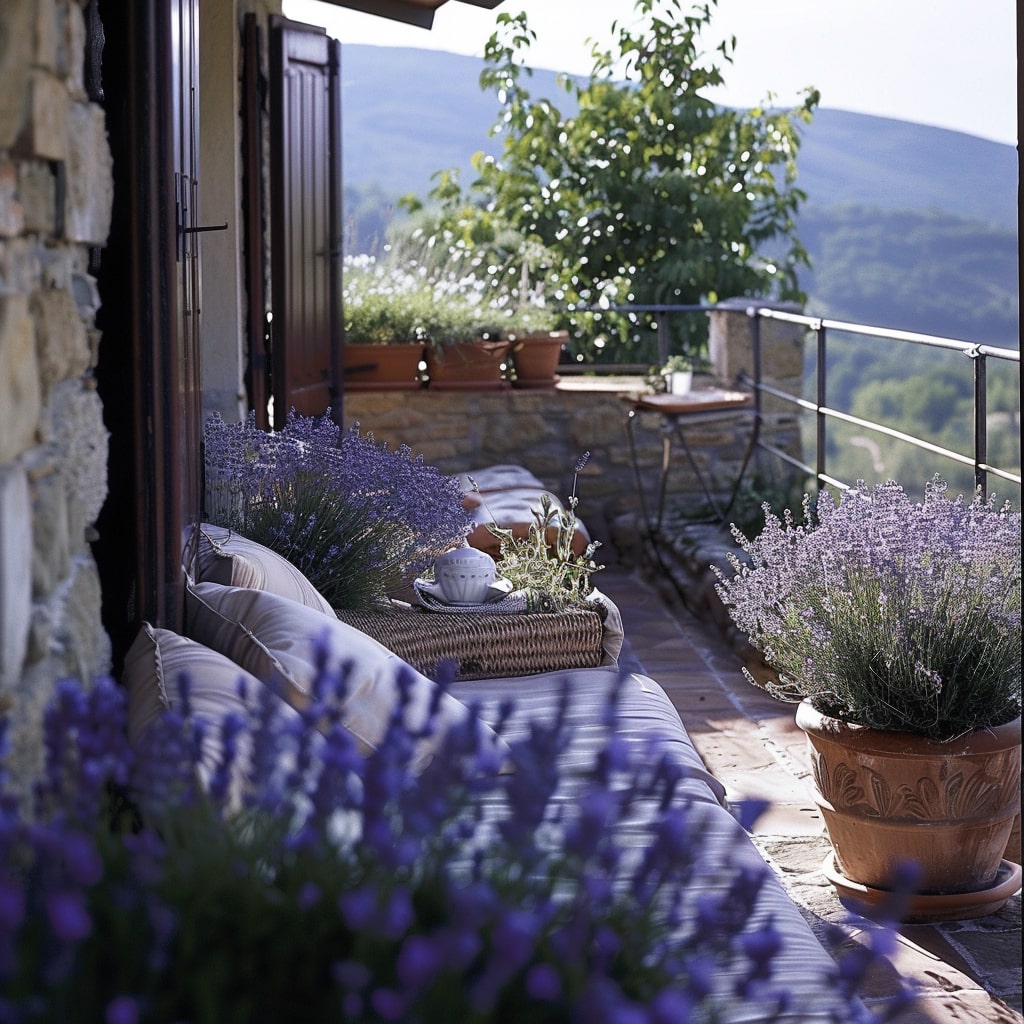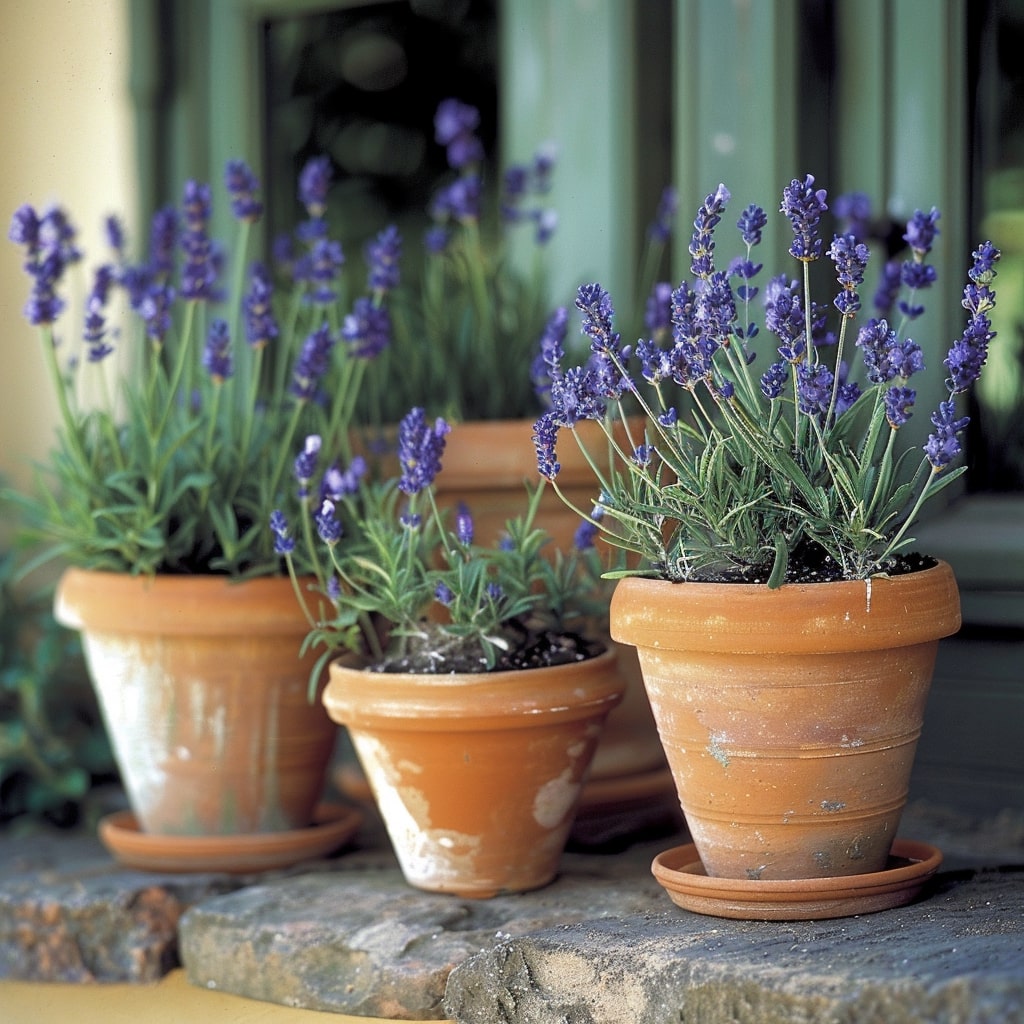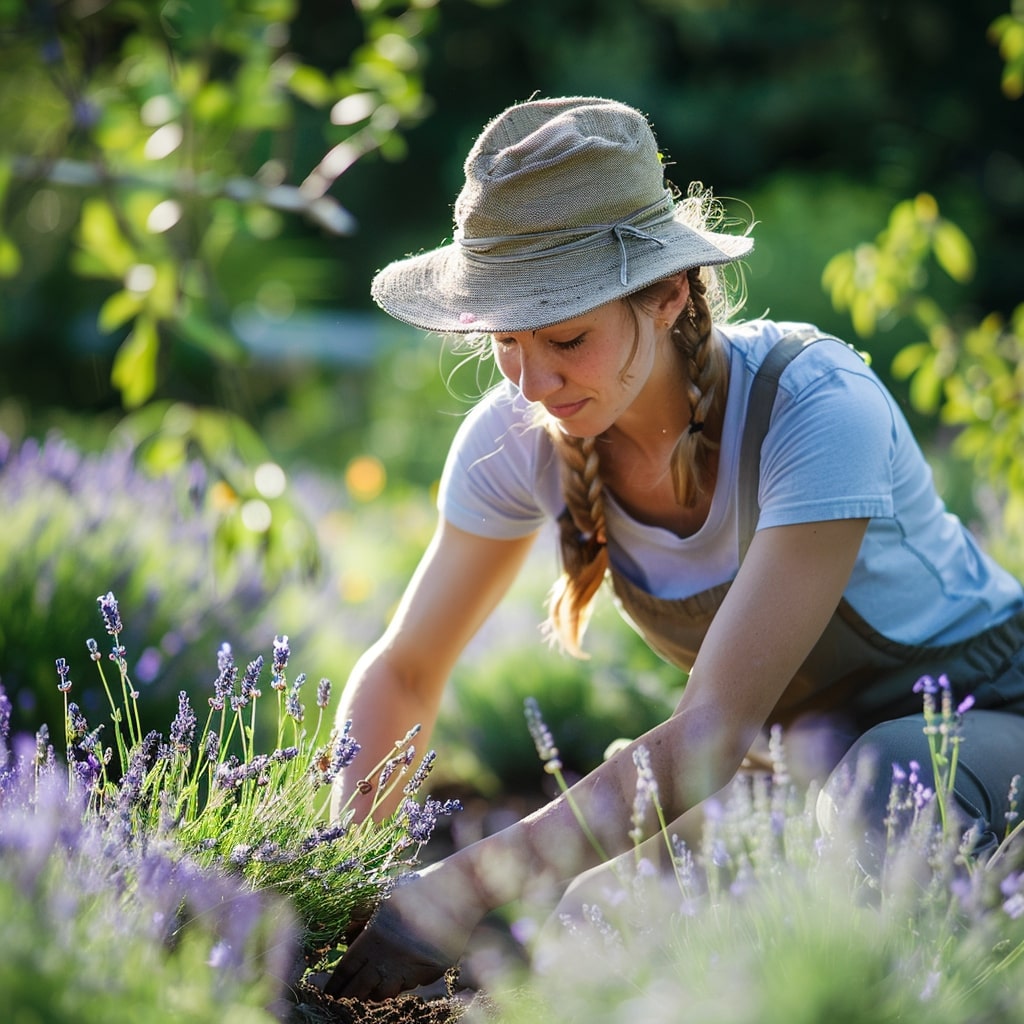Lavender, with its enchanting fragrance and stunning purple blooms, is a beloved herb that adds a touch of elegance to any garden.
Whether you’re an experienced gardener or a novice, this guide will help you cultivate and maintain lavender plants to enjoy their beauty and benefits year after year.
Choosing the Right Lavender
Lavender comes in many varieties, each with unique characteristics. Here are some common types:
English Lavender (Lavandula angustifolia): Hardy and well-suited for colder climates. Popular varieties include ‘Hidcote’ and ‘Munstead’.
French Lavender (Lavandula dentata): Known for its serrated leaves and vibrant blooms, but less hardy than English lavender.
Spanish Lavender (Lavandula stoechas): Features distinctive, pineapple-shaped blooms and thrives in warmer climates.
When selecting lavender, consider your local climate and the specific characteristics of each variety to ensure optimal growth.
Planting Lavender
When to Plant
Spring: Best time to plant lavender, allowing the soil to warm up and the plant to establish roots before winter.
Fall: Plant larger, more established plants to survive winter.
Where to Plant
Choose a location with full sun, receiving at least 6-8 hours of direct sunlight daily. Ensure well-draining soil to prevent root rot. Amend heavy clay soil with compost or sand to improve drainage.
How to Plant
Space plants 12-18 inches apart. Dig a hole large enough to accommodate the roots, place the plant in the hole, and backfill with soil. Water thoroughly after planting.
Caring for Lavender
Watering
Newly planted lavender needs regular watering during its first growing season. Once established, lavender is drought-tolerant and requires watering only during prolonged dry spells.
Soil and Fertilizing
Lavender prefers poor to moderately fertile soil with a pH of 6.7-7. 3.Avoid over-fertilizing; lavender thrives in soil with modest nutrient levels.
Pruning
Prune lavender twice a year: after flowering in late summer and in early spring. Trim about one-third of the plant’s height, avoiding cutting into old wood. Regular pruning prevents the plant from becoming woody and promotes bushier growth.
Pests and Diseases
Lavender is relatively pest-resistant but can be affected by root rot, powdery mildew, and gray mold in poorly drained soils. Ensure good air circulation and avoid overwatering to prevent diseases.
Growing Lavender in Pots
Lavender is well-suited for container gardening, making it a versatile choice for small spaces.
Choosing the Right Pot
Use a pot with a diameter of at least 12 inches and ensure it has drainage holes. Terracotta pots are ideal as they promote good drainage and insulation.
Potting Mix
Use a well-draining potting mix with added coarse sand or perlite to enhance drainage. Avoid using rich, moisture-retentive soils.
Watering and Feeding
Potted lavender requires more frequent watering than garden-grown plants. Water when the top inch of soil feels dry. Feed potted lavender with a balanced, slow-release fertilizer once a year in the spring.
Overwintering
Move pots to a sheltered location, such as a greenhouse or cold frame, during winter. Wrap pots with bubble wrap or burlap to protect roots from freezing temperatures.
Propagating Lavender
From Cuttings
Take 4-inch cuttings from new growth in early summer. Remove lower leaves, dip the cut end in rooting hormone, and plant in a pot with well-draining soil. Cover with a plastic bag to retain humidity and place in a warm, bright location.
From Seeds
Sow seeds indoors 6-8 weeks before the last frost date. Keep soil moist and warm (about 70°F) until seeds germinate. Transplant seedlings outdoors after the last frost.
Harvesting and Using Lavender
Harvesting
Harvest lavender in the morning when the oils are most concentrated.
Cut stems when about half of the flower buds have opened. Gather stems into bundles and hang them upside down in a cool, dark place to dry.
Uses
Aromatherapy: Use dried lavender or essential oil for its calming effects.
Culinary: Add lavender to baked goods, teas, and culinary blends.
Crafts: Create sachets, potpourri, and homemade beauty products.
By following these guidelines, you can successfully grow and care for lavender, enjoying its beauty and myriad uses in your garden and home. Lavender’s versatility and low-maintenance nature make it a delightful addition to any gardening repertoire.

